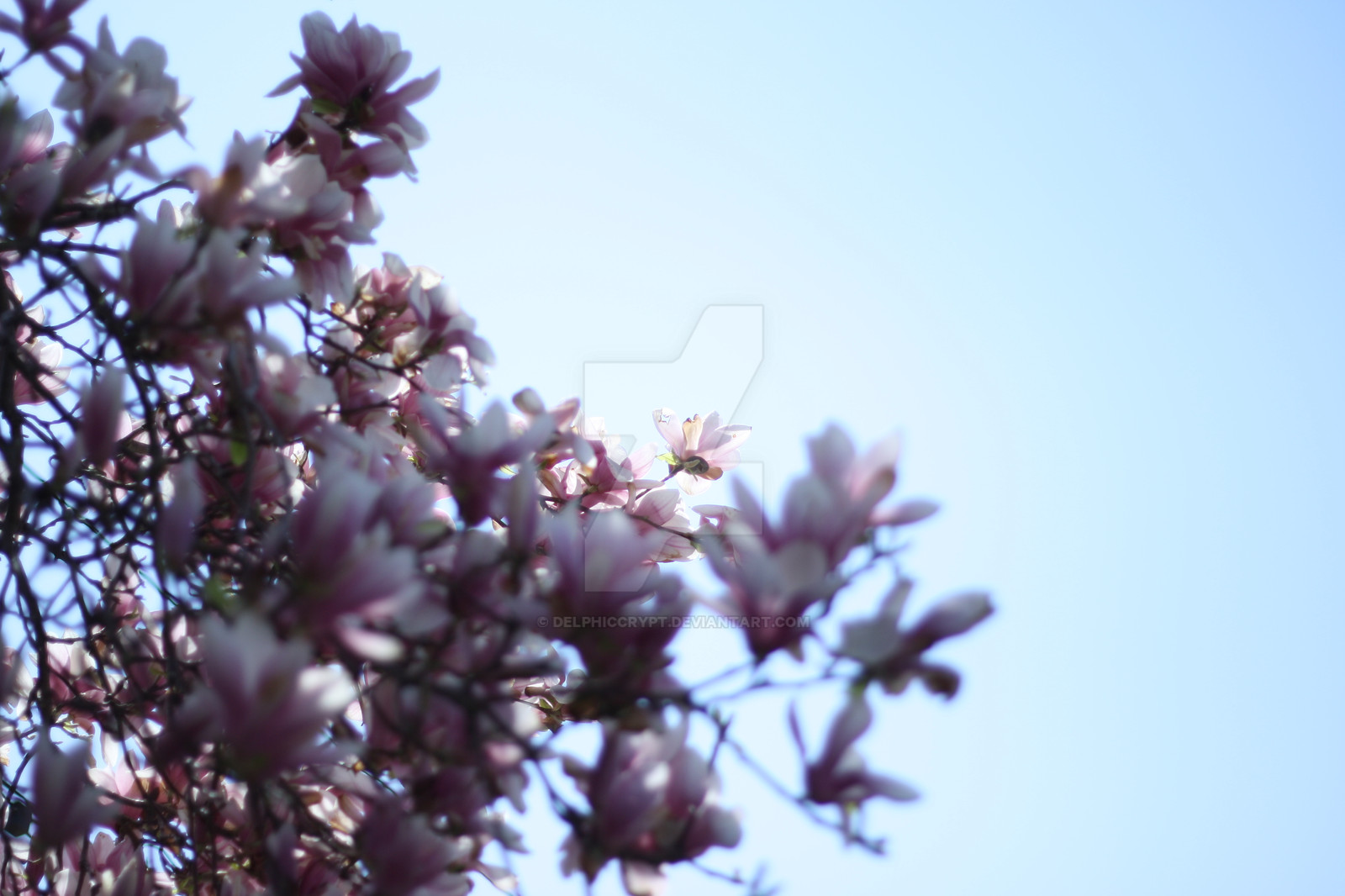HOME | DD
 delphiccrypt — Dogwood Tree
delphiccrypt — Dogwood Tree

Published: 2011-04-24 22:13:12 +0000 UTC; Views: 56; Favourites: 1; Downloads: 0
Redirect to original
Description
The name "dog-tree" entered English vocabulary by 1548, and had been further transformed to "dogwood" by 1614. Once the name dogwood was affixed to the tree, it soon acquired a secondary name as the Hound's Tree, while the fruits came to be known as dogberries or houndberries (the latter a name also for the berries of Black nightshade and alluding to Hecate's hounds). One theory advances that "dogwood" was derived from dagwood, from the use of the slender stems of very hard wood for making 'dags' (daggers, skewers, arrows).[2]Another earlier name of the dogwood in English is the whipple-tree. Geoffrey Chaucer uses the word whippletree in The Canterbury Tales ("The Knight's Tale", verse 2065) to refer to the dogwood. A large item made of dogwood, the whippletree, still bears the name of the tree from which it is carved. A whippletree is an element of the traction of a horse-drawn cart, which links the drawpole of the cart to the harnesses of the horses in file.
















